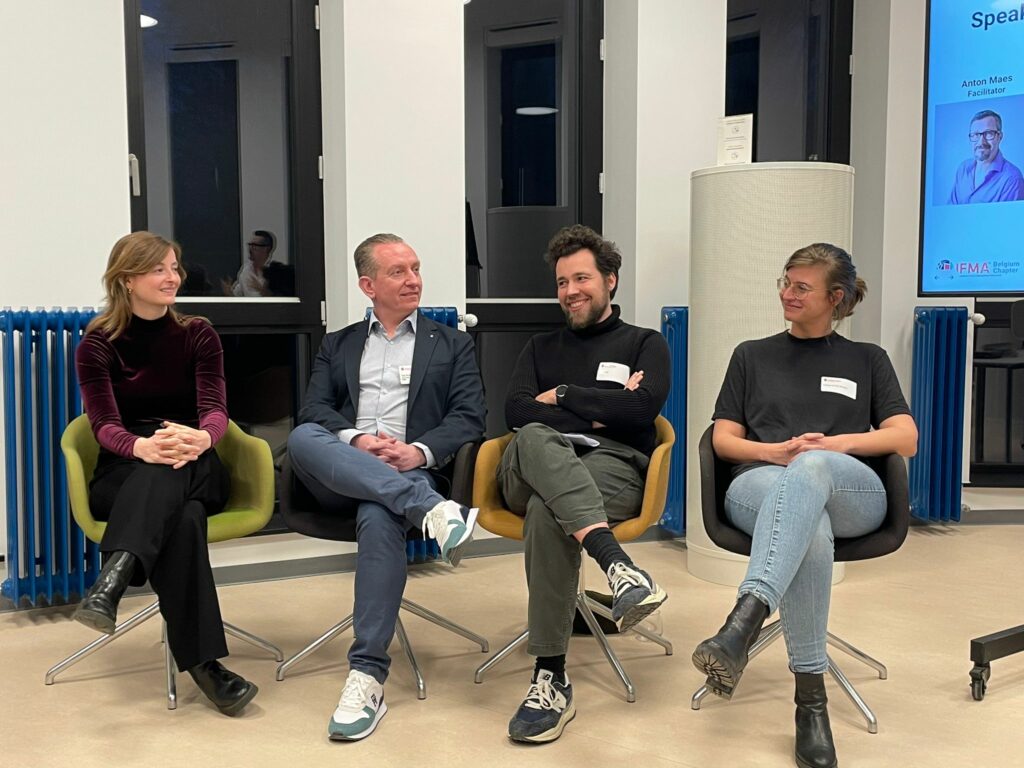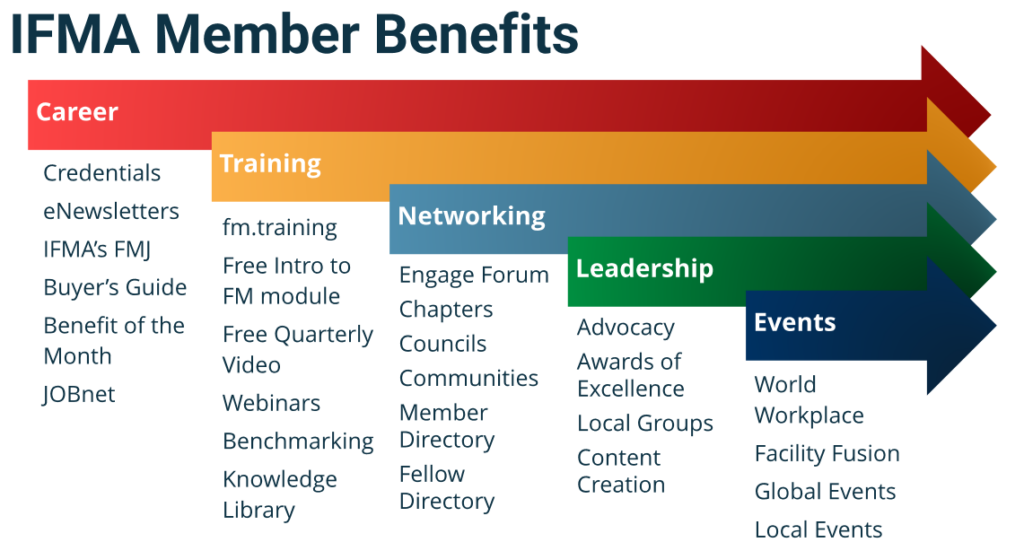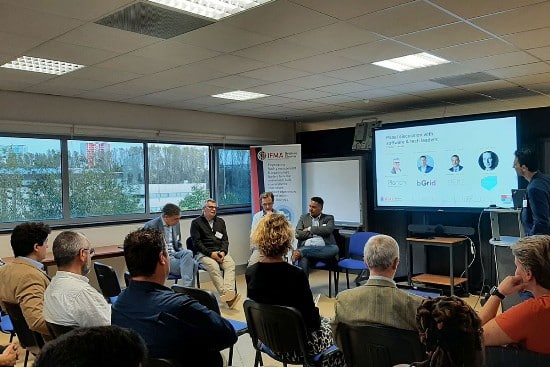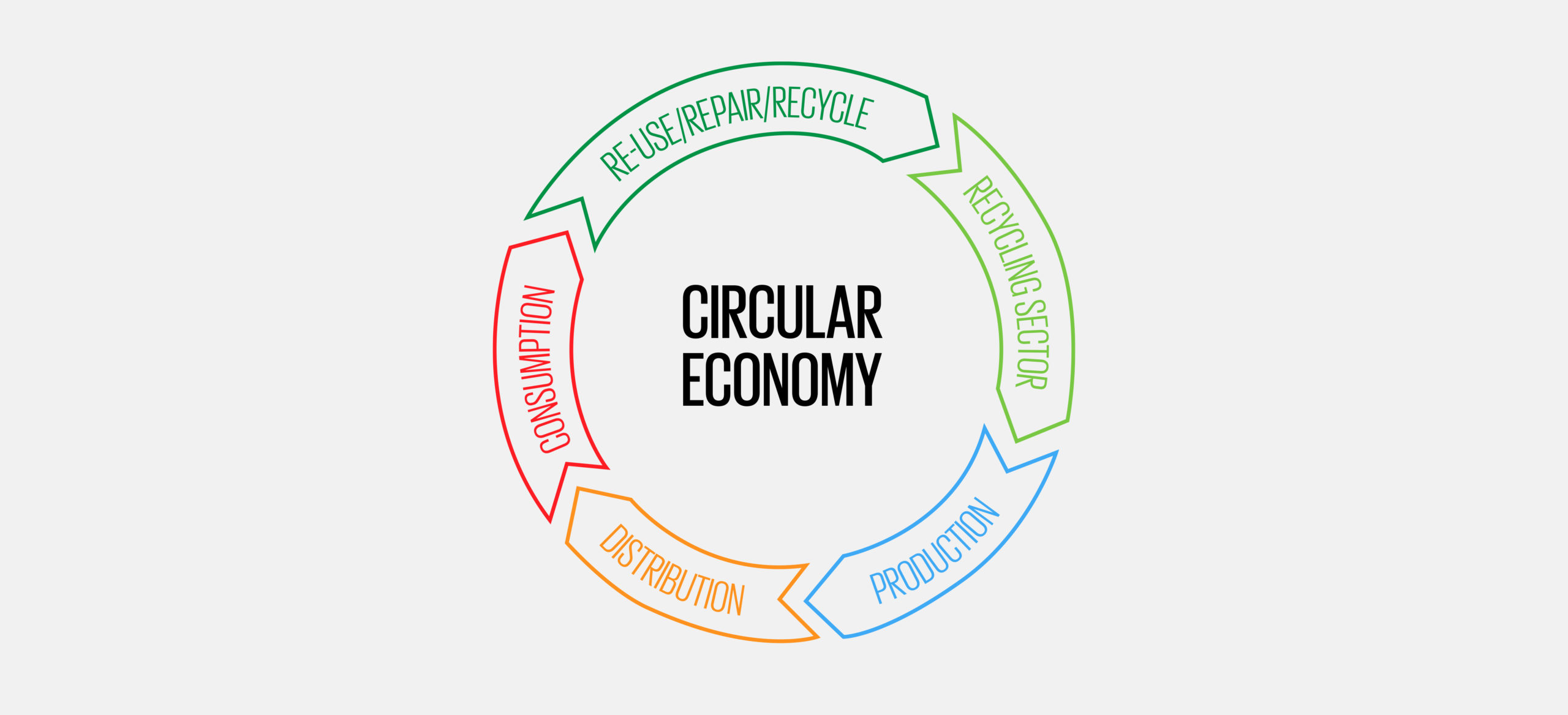Öztürk Taspinar, Digital Transformation Consultant at KPMG, took those present in tow to better place the ‘metaverse’.
The most appealing project was that of a Fortnite-staged Ariana Grande concert in a completely virtual environment. No less than 10 million people worldwide and simultaneously attended that concert. Nowhere in the world is it possible to stage a performance for such a mass audience. The sale of this one-off virtual event also brought in an immense cash flow and showed the huge revenue potential for this kind of project. Ariana Grande earned far more in one day than a months-long world tour would bring in.
According to Öztürk Taspinar, the metaverse already represents $30 trillion in sales today and will reach at least $560 trillion by 2030. By 2026, 25% of the world’s population is expected to spend ≥1 hour a day active in a virtual environment.
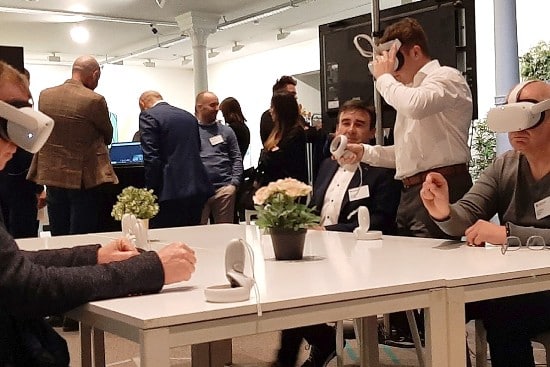
Big names in the IT world like Microsoft, Facebook and Google are investing huge sums in the metaverse, either directly or through startups. Clear evidence that this is not just hype, but something that will surely become part of our daily living and working world.
Web 1 > 2 > 3
The metaverse is linked to the development of the internet. Öztürk Taspinar looked back to the 1990s, when the Internet was still a great unknown to most, let alone that anyone could imagine what can be done today thanks to it.
Between 1990 and 2000, Web 1.0 was all about consuming information. The Internet was a fast-growing source of (static) information, such as that previously found in encyclopaedias, atlases, libraries.
This was followed by Web 2.0 in which especially the interaction between the Internet and the user developed, with e-commerce as the main phenomenon. The internet grew into an indispensable economic platform.
Web 3.0, which has been on the rise since 2020, Öztürk Taspinar refers to as the ‘creator economy’. It allows the use of a ‘mixed reality environment‘. Users can claim and embed a unique, secure identity. In Web 2.0, one user can take on several identities without being recognisable and traceable as one person.
Web 3.0 allows users to claim ownership of their data, decide who they lend or possibly sell their data to. Öztürk Taspinar gave an example of the data he generated while exercising, which he sells to a medical research institute. This results in ‘nano payments’, which are also used by musicians who put their music on Spotify, for instance, without a publisher (record company) and get paid by listeners in ‘nano payments’.
Related to this, ‘digital currency’ and the ‘digital wallet’ will gain considerable importance. The unique, secure identity of users and their digital wallet makes it possible to make 1-to-1 payments without the intervention of a bank.
Besides ‘augmented reality’ (AR), ‘virtual reality’ (VR) and AI, which have already evolved considerably, the metaverse stands for ‘extended reality’, for the intermingling of physical and virtual environments.
About the author

Eduard Coddé
Journalist FCO Media.
This article is a translation of Eduard's article on Profacility.be. Thanks for sharing.



